|
Today, Thursday, January 27, 2022 is International Holocaust Remembrance Day. It is a day designated by the United Nations General Assembly to mark the liberation of the Auschwitz-Birkenau concentration camp to honor those that died there and but also to recognize others who were victims of Nazism. Today let us remember the murder of Poland’s youngest and most vulnerable citizens-its infants and children. 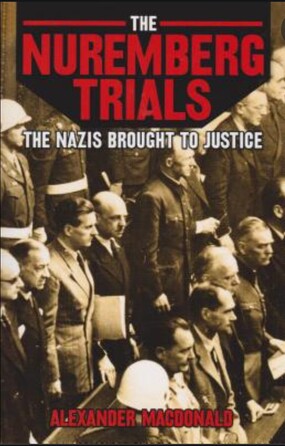 In the Nuremberg Trials after the war the Nazi criminals were charged with crimes against humanity in that the defendants…”ill treated civilians, imprisoned them without legal process, tortured and murdered them.” Among the charges lodged against the criminals were the crimes against Polish women who were made to work in Germany as forced laborers and the Polish children they gave birth to during that time. The rules of war are clear in the Geneva Conventions that limit the barbarity of war: You do not torture people. You do not attack civilians. You limit as much as you can the impact of your warfare on women and children and other civilians – rules that the Germans ignored. Polish children, born in Germany during the war not only failed to receive protective status but were willfully, with the full knowledge and consent of the German administration, subject to malnourishment, dehydration and neglect leading to their deaths in catastrophic numbers. The forced labor plan was such that the only thing that mattered for the German administration was that each worker work at full capacity no matter the cost to the individual. On July 1943 Ernest Kaltenbrunner, Commander in chief of SIPO and SD issued a directive to all commanders in chief of SIPO and SD regarding the treatment of pregnant foreign women workers and children born in the Reich who were designated as not being racially valuable: 1. After giving birth, the foreign working woman has to resume work as soon as possible. 2. The birth should be confined to the portion of a German hospital that was designated for foreigners only. Separation from German women has to be guaranteed. 3. The children born foreign workers were to be placed in „special infant institutions“ of the most simple kind called "foreign child care facilities" Not racially valuable Historian Eva Seeber writes that the lofty or high sounding names given to the centers were to inspire confidence in the new mothers and keep the public ignorant of the reality—that it was a purposeful plan to starve infants to death and to liquidate Polish children. All over Germany, "homes" for the babies of Polish forced laborers were established. As was discovered by Allied forces at the end of the war, infants and young children were, in truth, accommodated in sheds and huts unfit for habitation by anyone, let alone a newborns and infants. Placing children in these centers was mandatory and the mothers were given limited access to their children. Visitation was often limited to Sunday afternoons, twice a month or sometimes mothers were not allowed to see their child at all. The rules were enforced by local police and the Gestapo. There was lack of caring by nurses and doctors, the absence of even the most basic hygienic measures, and most importantly, the starvation of the infants. Evidence compiled by American and British military forces after the war clearly show that from the time of their establishment, the infant homes for foreign children were houses of death for hundreds, perhaps thousands of Polish and Russian infants. Just one example: The Velpke Children's Home On March 20th, 1946, the British Military Tribunal in Occupied Germany began the trial of Heinrich Gerike and seven other German officials : Georg Hessling, Werner Noth, Hermann Muller, Gustav Claus, Dr. Richard Demmerich, Fritz Flint and Frau Valentina Bilien in the city of Brunswick, Germany for being involved in the killing of Polish and Russian children born on German territory. It was decided at this trial that at the Velpke Children’s Home, between May-December 1944, 84 out of 100 children brought to the home died of malnutrition and willful neglect. Velpke was a town located in the district of Helmstedt in the northwest region of Germany. In the spring of 1944, Polish women who were working on the farms in the region delivered their babies in the town of Brunswick. Based on the rulings that required the establishment of "nursing homes for children of Polish and Eastern laborers," Heinrich Gerike, Kreisleiter of Helmstedt and member of the Nazi party, was instructed by higher authorities in Hanover to erect a home where children could be kept after birth. The mothers were required to immediately return to work on the farms. Even infants who were already born and thriving with their mothers on the farms had to be taken to the home so that the mother’s attention was not divided between her work responsibilities and the needs of her child. It was not a voluntary choice made by the women. They were forced to give up their children. In the spring of 1944, Gerike, along with other local officials named above, chose two corrugated iron sheds with a corrugated iron roof on an unpaved road near a quarry. One room contained cots, described during the proceedings as "wooden boxes" ordered up from a carpenter, along three sides of the room that could accommodate 25 children. Each child was to have one bed, one mattress (straw), one blanket and diaper. There were 60 diapers altogether. The room had "an enormous stove in the middle of the barracks and there was tropical heat in half an hour. There was no even temperature in the room." It also had two tables. One table held a register book with the names of the children, their dates of birth, as well as their dates of death and cause of death. There was a kitchen, sleeping quarters for the staff, a washroom containing one copper washtub and two baby baths. Other rooms were empty and used as a place to put the dead children. The huts were without running water. All water had to be carried in by the staff. It was without rudimentary tools for measuring infant weight. There were feeding bottles but no one seemed to know if there was a sufficient number. It lacked any means of isolation in the event of contagious diseases. It lacked a telephone for possible emergencies or contact with medical personnel. It looked like a stable. The barracks were dirty. There was no hygiene in the place. The children were lying there without diapers. There was not enough linen. The baby's teats (pacifiers) were dirty... I don't think they ever had the same rations as German children and once I saw sour milk... " Gerike never spoke to the doctors, never checked with those responsible for running the home, and admitted that he "never went to the home myself." When the death rate began climbing Heinrich Gerike made remarks that it didn't really matter, that "there was no need to get excited about it because they were only enemies. " The records showed 84 deaths at the home but ninety graves were found in the vicinity of the home. The most frequently cited causes of death were diarrhea and general body weakness. And that was only one nursery. According to the U.S. Army Command list, 365 Polish and Russian children died at another “special infant care facility” at Wolfsburg-Ruehen Special barracks were built to house infants and children born to Polish and Russian women. The “special infant care facility” at Wolfsburg-Ruehen was behind barbed wire. United States Holocaust Memorial Museum. Another so-called maternity hospital and infant home for Polish and Eastern women who worked in the city and county of Brunswick. The so-called hospital and home consisted of two wooden barracks located at Broitzemerstrasse 200. One of the barracks was in ruins. The second barrack, 42.80 x 12.14 meters in length, consisted of only three scantily furnished rooms which was meant to house the expectant mothers, newborns and older children. Based on records of the local health insurance office in Brunswick, it was established that between May 10, 1943 to July 1944, 253 babies were born alive in the home. Of these 253 children: 174 died. Mass graves of children at Brunswick. Photo taken by the British Military Tribunal. National Archives. Public Records Office . London.
The above-mentioned “children's homes” are the most well-known, receiving attention after the war by Polish, English and American military tribunals. How many such establishments existed? If, as German historians say, that every district throughout Germany had its infant homes for foreign children, there are hundreds, if not thousands, of innocent Polish children that needlessly died as a result of Nazi policy. On this International Holocaust Remembrance Day, let us honor their memory. Cześć ich pamięci. Sources: Public Records Office. London. National Archives WO309/585. Exhibit No. 520 Biuletyn Głównej Komisji badania Zbrodni Niemieckich w Polsce No. 5 1949 Law Reports of Trials of War Criminals UNNWCC Volume VII Trial of Heinrich Gerike and seven others. Proceedings of a Military court for the Trial of War Criminals held in Helmsteadt, Germany Ruehen Case. London: National Archives. Public Records Office File WO235/159 For further reading: Wearing the Letter P. Polish Women as Forced Laborers in Nazi Germany 1939-1945. Hippocrene Books, Inc. The Polish translation title is: Naznaczone Literą P. Wydawnictwo Literacki.
2 Comments
“Kulig. A sleigh ride. This much-loved entertainment of Poles occurred on the 20th of January, 1695 in Warsaw. It was described by Ludwig Klermont, secretary to Oueen Marie Casimire d’ Arquien, wife of King Jan III(*Sobieski). Drawing of unknown date illustrating sleigh in shape of a swan. "A group of well-known individuals gathered at the palace of Daniłowicz which later was to become the Załuski Library." *The library was reconstructed from the Daniłowicz Palace, adding an astronomical observatory. At the time (late 1700's), it was considered to be Poland's first public library. Destroyed during World War II, it was reconstructed once again. "At 3pm in the afternoon, the trumpeters sounded the signal and the entire entourage set off: 24 Tartar horses in service to Prince Jakuba (the oldest son of the king) pulling 10 sleighs each with 4 horses abreast; on each a different set of musicians; Jews with hammered dulcimers; Ukrainians with torbans; more trumpets, fife’s and janissaries(*an elite guard of soldiers) from the various manor houses. An example of a hammered dulcimer, a folk instrument called cymbały in Polish. "They were followed by sleighs covered with Persian carpets, leopard skins, sables and other expensive furs. Each sleigh was pulled by a pair of horses decorated with feathers, tufts, ribbons and tassels; on each sleigh there were individuals of both genders and riding along the sleighs were young lords from the manors mounted on horses. There were 107 of these ensembles and hard to say which had superiority because all of them had fine horses, expensive furs and servants dressed in Hungarian livery. At the end there were sleighs in the shape of Pegasus; sitting on it were 8 young men who recited verses that were written long ago by Ustrycki(*Andrzej Wincenty Usztrycki, Polish poet and preacher) and Chrościński(*Wojciech Stanisław Chrościński, Polish poet who also wrote in Latin). The entourage ended with a branch of drabantów (*a type of Polish honor guard who carried halberds – an axe mounted on a long pole, topped with a spike, essentially a battle axe ) All the guests arrived first to Sapieźynki’s, then to the Princess Radziwiłła; followed by Potocki’s to the young Lubomirski prince; to the Castellan(a member of the Polish Senate) of Lublin and to Ujazdów (no mention of who lived there). Wherever they arrived, the host would give them the keys to the cellar and the hostess the key to the pantry so the guests could help themselves to whatever they wanted. Music kept playing, there was dancing and then they moved on. The last destination and get-together occurred at Wilanów(*the royal palace) where the King and Queen greeted their guests warmly; everyone was entertained, even the accompanying servants, until late into the night. The entire entourage returned home by torch lights, of which there were 800.” King Sobieski's Palace at Wilanów. It is said that some of the families mentioned above were richer than the king himself, in possession of incredible wealth and equipped with their own armies, let alone an honor guard. But, oh my, to have clapped eyes on those sleighs! Here is another illustration with the sleigh in the shape of a deer/stag. The winter entertainment of the wealthy elite was still prevalent in the 1800's as caught on canvas by painters Juliuz and Jerzy Kossack within their lifetime. Painting by Juliusz Kossak 1887 with sleigh in the shape of a bear.
By the end of the 18th century, the sleigh rides of court nobility disappeared. The custom of more simple sleigh rides through the snowy countryside persisted among the lower social groups for a long time. Here is a fun video that depicts the sleigh ride as enjoyed by the artistocracy as well as more simple folk by modern and historical painters. www.youtube.com/watch?v=kCEA7k15cGIhttps://www.youtube.com/watch?v=kCEA7k15cGI Text of sleigh ride from book Gry i Zabawy (Games and Entertainment) by Łukasz Gołęmbiowski Photos from Wikipedia Illustrations from www.cultureave.com |
Categories
All
One of the biggest moments in my life was being able to sign for my very own library card. When I'm not reading, researching and writing I'm riding my bike, sewing or gardening. I love flea markets, folk art, and traveling to Poland.
Archives
July 2024
|
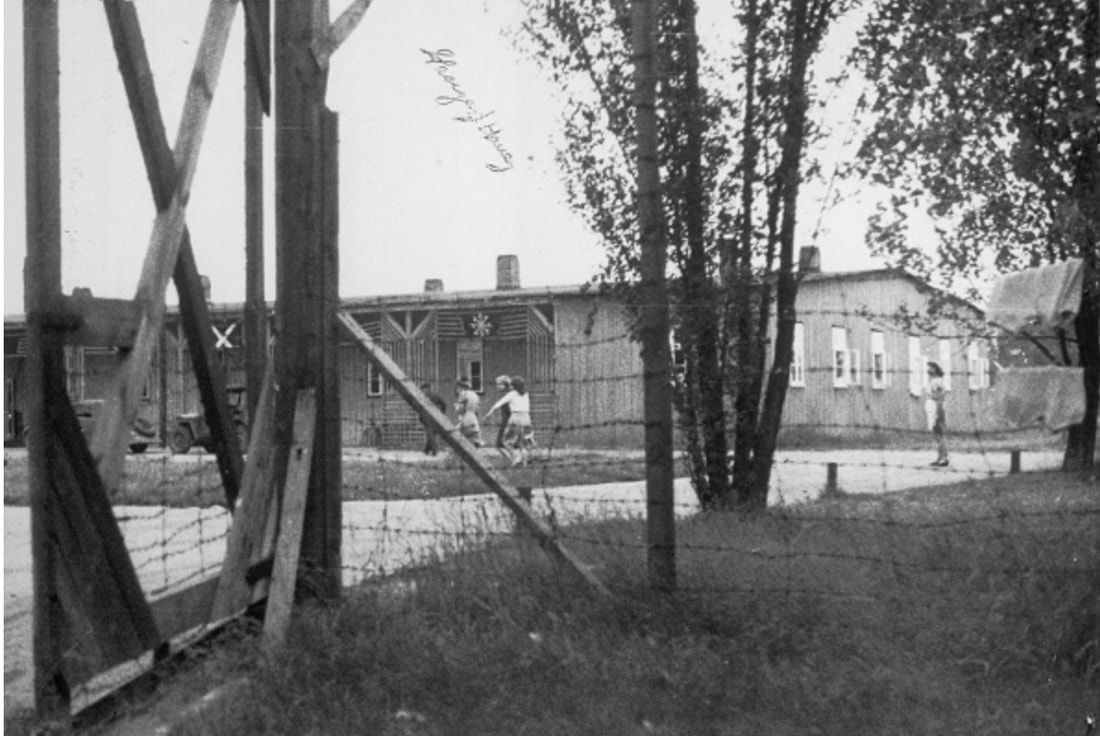
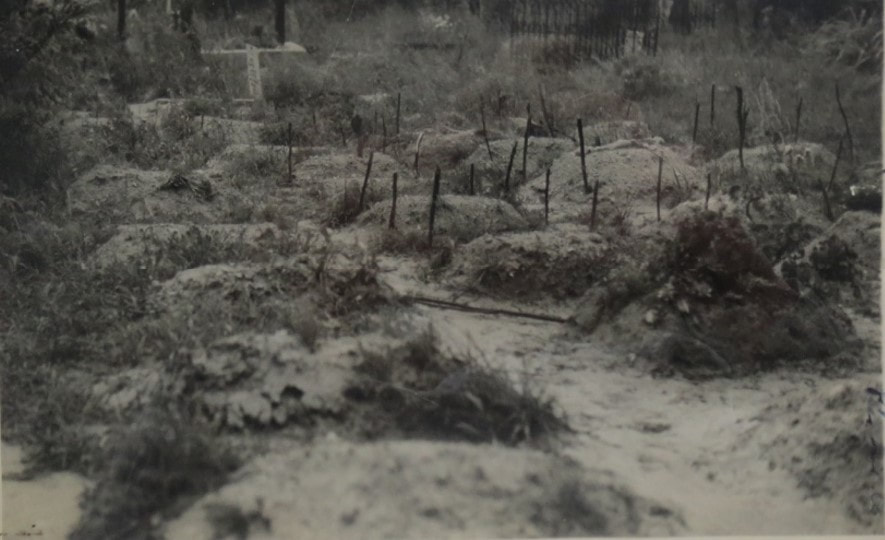
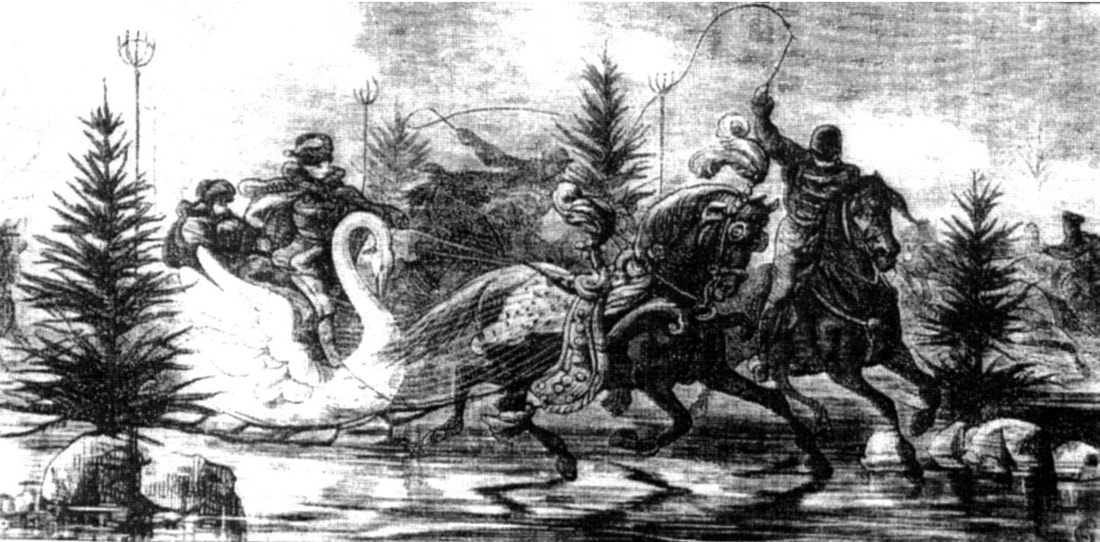
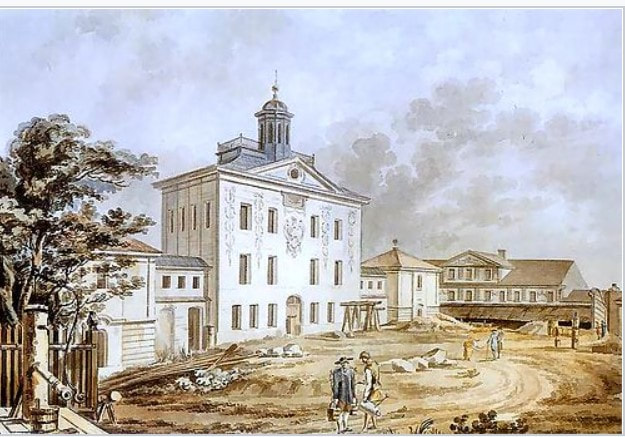
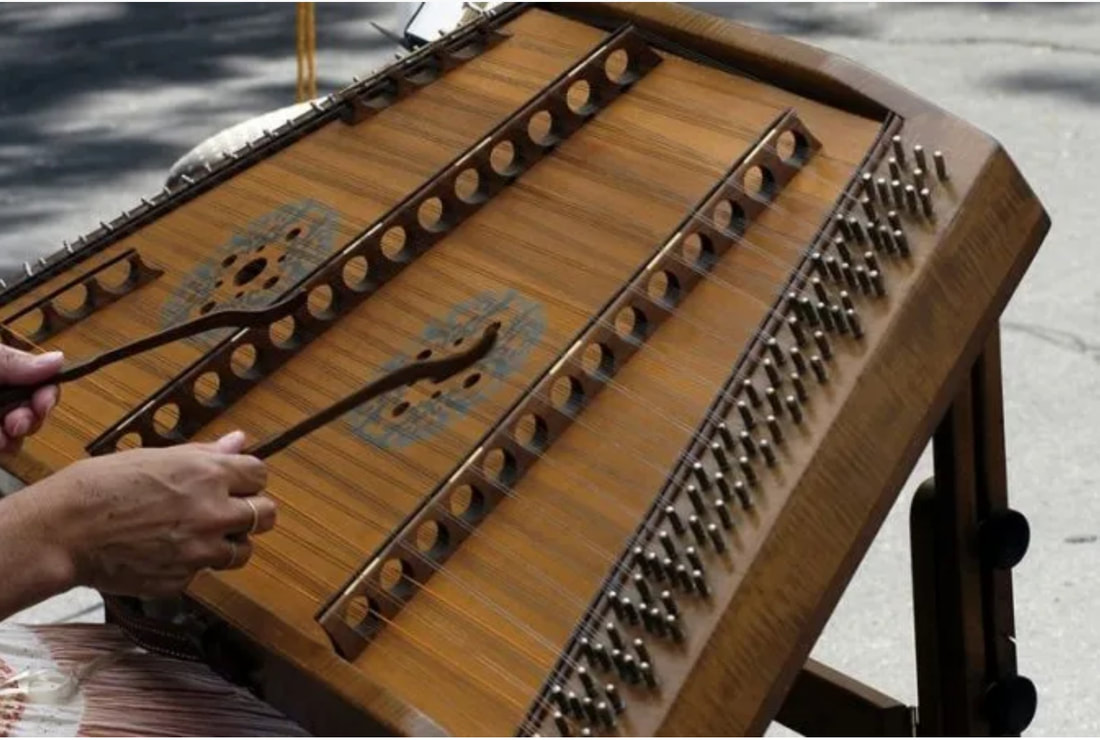
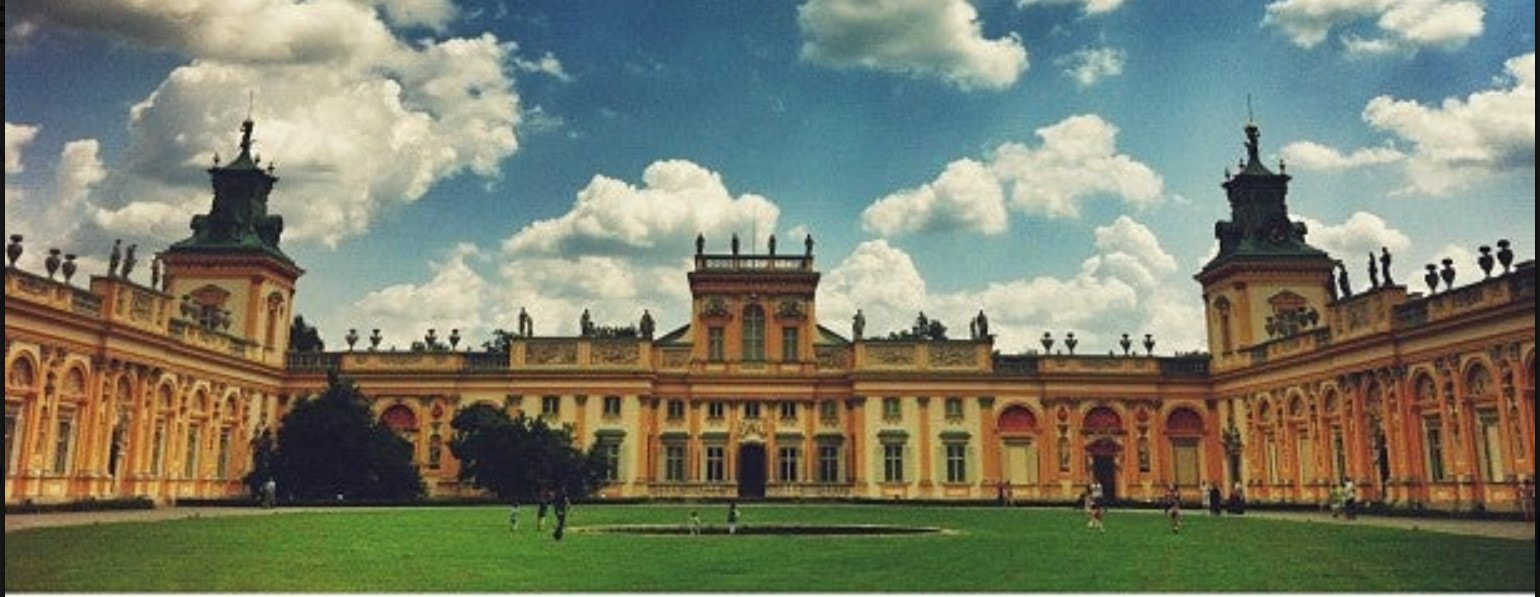

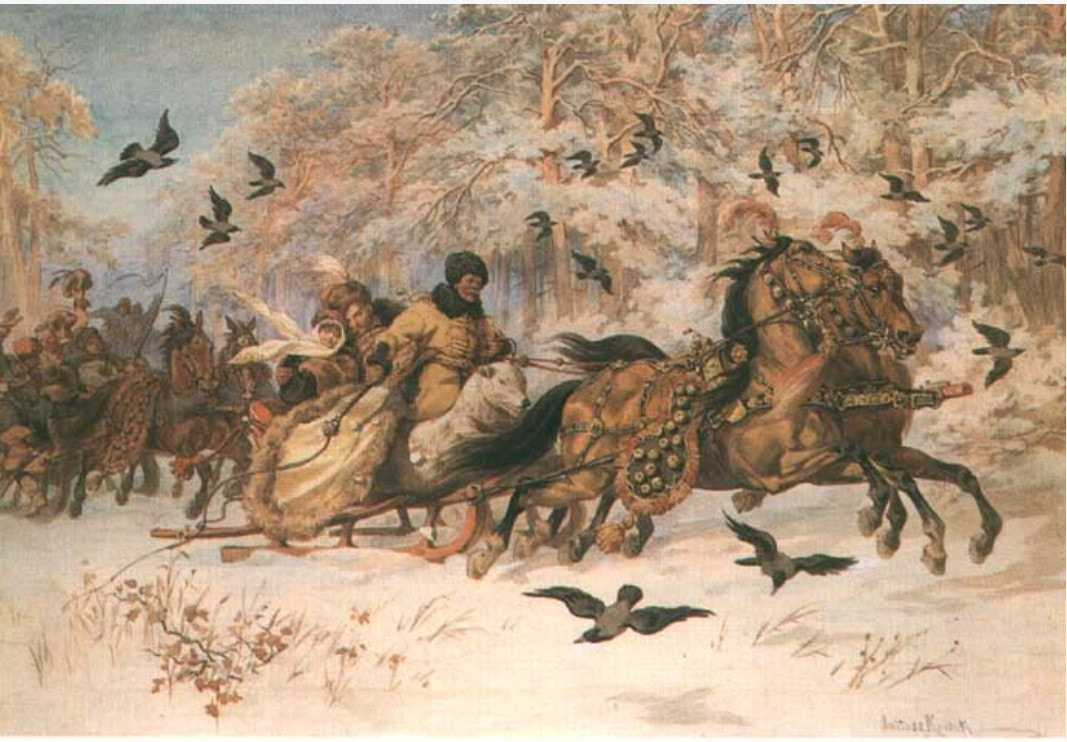
 RSS Feed
RSS Feed